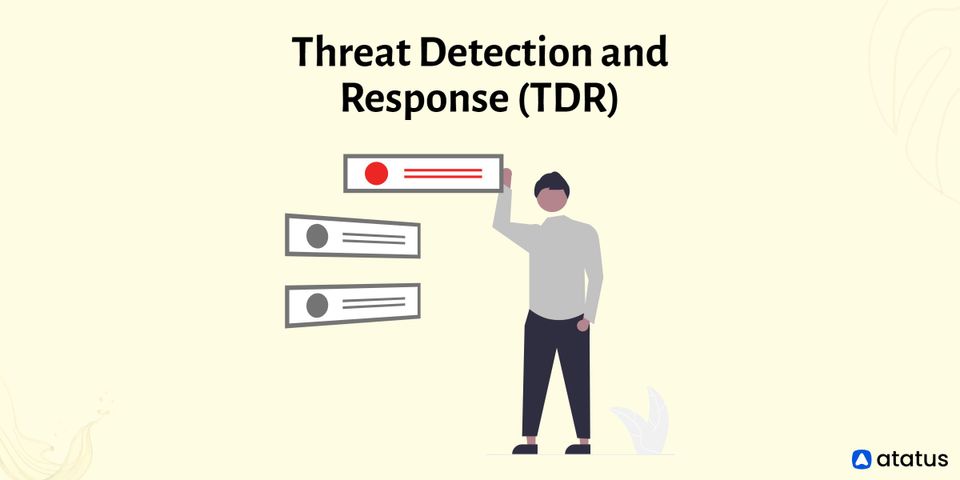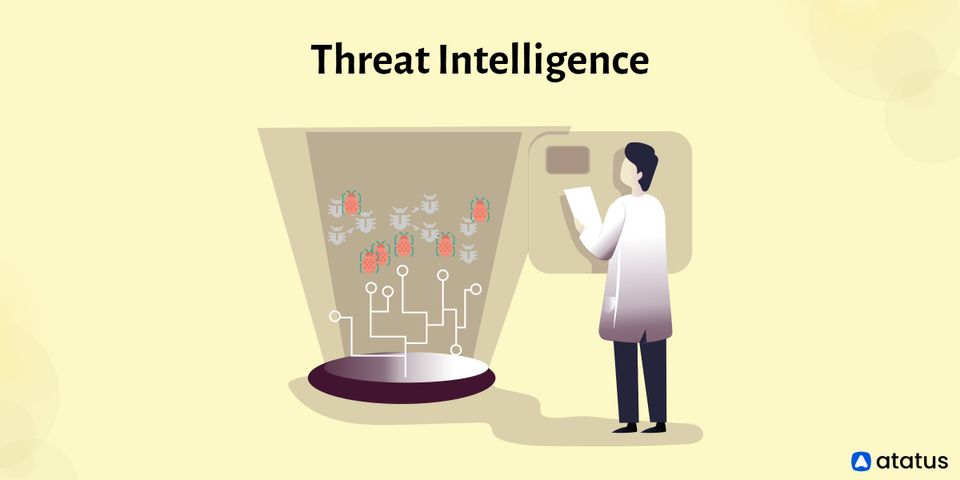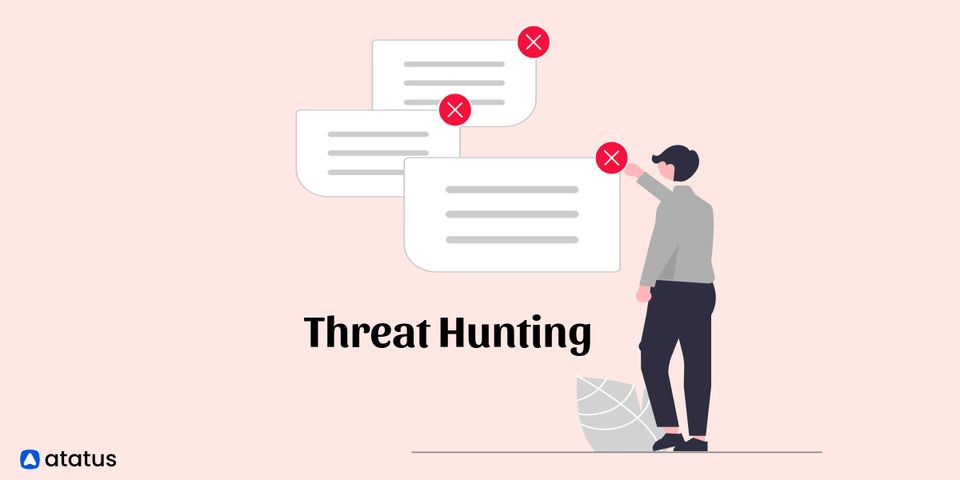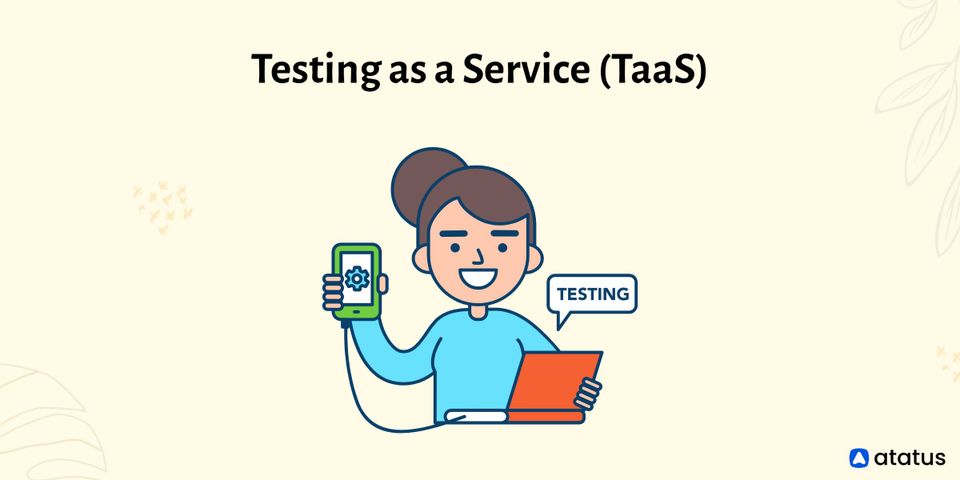Cyber threats are real and are developing. If threats are left unchecked and unprepared, they can interrupt corporate operations, result in data and financial losses, and harm an organization's reputation. Threats also extend beyond an organization's IT, network, and cloud infrastructures. Numerous tragic accounts exist of businesses—particularly small and mid-sized players—falling victim to cyber threats and attacks. Threat detection and response (TDR) puts businesses in a better position to recognize risks and proactively lessen or avoid their negative effects in this situation.
We will go over the following:
- What is Threat Detection and Response (TDR)?
- Why is Threat Detection and Response Important?
- Types of Threads
- Essential Components of a Threat Detection and Response
- Benefits of Threat Detection
- Use Cases of Threat Detection and Response
What is Threat Detection and Response (TDR)?
The most crucial element of cybersecurity for IT organizations that rely on cloud infrastructure is threat detection and response. IT security analysts have no chance of responding to security incidents and efficiently minimizing harm if they are unable to identify network intruders or other hostile adversaries promptly.
Anything that could endanger a computer system or cloud network is considered a threat. Thus, threat detection refers to an IT organization's capacity to recognize threats to a network, its applications, or other assets with speed and accuracy. The response comes when a threat has been identified. Threat responses should be prepared beforehand to enable speedy action.
Despite the huge importance of cybersecurity, detecting threats remains a big barrier for IT organizations. The good news is that enterprise IT teams can use a variety of cybersecurity software solutions to enable rapid threat identification and help streamline or even automate the response.

Why is Threat Detection and Response Important?
It is becoming more and more challenging for cybersecurity teams to recognize, look into, and respond to cyber threats across operational environments.
To avoid being detected by security technology, adversaries have become stealthier as the threat landscape has changed. Additionally, they frequently employ native operating system tools, open-source attack tools, or freeware tools, which allow them to carry out their harmful activity without informing the cybersecurity team.
Such attacks are frequently led by human operators who have the flexibility to test and explore various choices and react swiftly to obstacles by moving in an unexpected route.
Threat hunters and analysts find these covert adversaries by scanning daily activities for unusual activity, abnormalities, and patterns, then examining them to determine whether they are malevolent.
Automated security intelligence solutions, such as AI-guided detection, supplement their human expertise. In a multi-layered next-generation security system, they work well together as a strong line of protection.
Threat hunters and analysts collaborate with colleagues to minimize and neutralize threats when they have been identified. It is Threat Detection and Response.
Types of Threads
Understanding the hazards that exist in the cyber world is the first step in developing an efficient threat detection and response strategy. There are many more types available, and new ones are always being developed. This shortlist just includes some of the most popular.
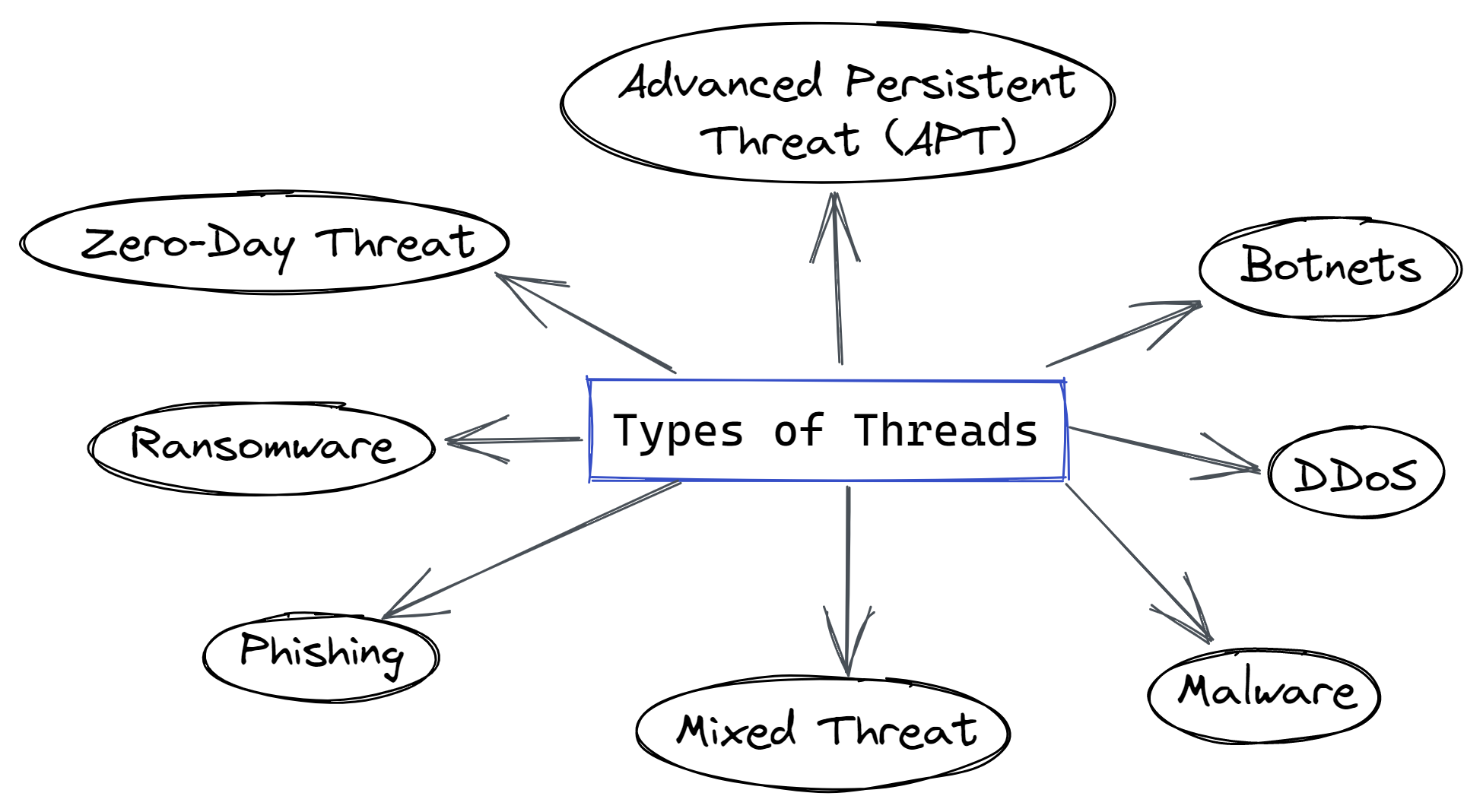
- Advanced Persistent Threat (APT)
APTs are sophisticated cyberattacks that involve the ongoing observation and intelligence collection interspersed with efforts to steal confidential data or hit weak points in the system. APTs operate most effectively when the attacker goes unnoticed. - Botnets
A network of computers with malware infections is known as a botnet. Some hackers recognized they could create programs that would cause your computer to send spam emails to others with hazardous attachments or take part in a DDoS attack rather than viruses that would cause your machine to go crazy. Your machines might even be compromised without your knowledge. - DDoS
A DDoS attack occurs when a hacker floods a website or network with traffic using a network of remotely controlled computers, typically to take down the server. - Malware
Any malicious software application is considered malware. Malware programs can infiltrate your computer or network, steal sensitive data, cause havoc and chaos, and more. They include spyware, viruses, trojan horses, and other programs. - Mixed Threat
A system is attacked concurrently by a blended threat using a variety of methods and attack routes. - Phishing
Phishing attempts trick the receiver into giving private information. They typically take the shape of an email asking the recipient to reveal critical information. Additionally, they might contain a link to a web page that has been altered to look like a well-known website and asks visitors to enter their login information or other sensitive information. - Ransomware
A form of virus known as ransomware locks or disables a computer and demands money to unlock it. - Zero-Day Threat
Threats that have never been observed before are known as zero-day threats. They are the outcome of the cyberattacks and IT organizations’ arms race. Zero-day attacks are unpredictable and challenging to defend against since they are entirely new.
Essential Components of a Threat Detection and Response
The ability to quickly recognize and react to threats that an organization cannot prevent is essential to limiting the harm and expense to the company. Cybersecurity solutions with the following components are necessary for effective threat detection:
- Full Attack Vector Visibility
The IT infrastructure of organizations has expanded to include on-premises computers, mobile devices, cloud computing, and Internet of Things (IoT) devices, all of which are vulnerable to attack from a wide range of infection vectors. Full visibility into all attack vectors, such as the network, email, cloud applications, mobile applications, and more, is necessary for effective threat detection. - Full-Spectrum Malware Detection
Malware is growing more complex and evasive, making it harder and harder to detect. To avoid signature-based detection systems, contemporary malware attack campaigns exploit polymorphism and use different malware samples for each target enterprise. Effective TDR systems must be able to recognize malware attacks using AI and sandbox-based content analysis methods that are not deceived by these evasion attempts. - High Detection Accuracy
Security operations centers (SOCs) frequently get many more signals than they can handle, wasting time on false positive investigations while ignoring real threats. To enable security teams to concentrate on actual risks to the company, threat detection solutions must produce high-quality alerts with low false-positive rates. - Innovative Data Analytics
Enterprise networks consist of a wide range of diverse endpoints and are becoming increasingly sophisticated. As a result, security professionals have more security data at their disposal than they can efficiently process or use. Modern data analytics are essential to separating useful insights from this vast amount of data and identifying real dangers from false positives. - Threat Intelligence Integration
Feeds of threat intelligence can be a priceless resource for knowledge about ongoing cyber campaigns and other elements of cybersecurity risk. Threat intelligence feeds should be able to be immediately incorporated into a TDR system and used as a source of information when identifying and categorizing potential threats.
Benefits of Threat Detection
Organizations can better understand their IT vulnerabilities with the use of threat detection and threat analysis/analytics, and they can proactively strengthen their security posture by employing the appropriate threat response.
Businesses are better able to anticipate future attacks and incidents and prevent them. It enables cybersecurity teams to quickly spot emerging, unknown (like a zero-day attack), and known dangers so they can protect and defend their systems.
Investigating potential vulnerabilities and strengthening cybersecurity measures are the ultimate objectives of threat detection. Along with attack prevention, TDR provides business data protection, costly downtime avoidance, compliance with cybersecurity mandates and other regulations, and, most significantly, user and leader peace of mind.
Use Cases of Threat Detection and Response
There is no need for a tear and replace solution because TDR implements a last line of defense and supplements your current anti-malware measures. The following four use cases explain why you need a TDR solution.
- Boost Endpoint Security
TDR boosts first line-of-defense systems by providing protection against more advanced threats and only triggering deep analysis and forensics when the system detects an attack, negating the requirement for an internal forensics team and the data flood that would otherwise occur. - Detect Breaches and Automatically Respond
Automation benefits businesses wanting to accomplish more with fewer resources. Automatic threat prevention capabilities shorten response times. - Investigate and Monitor
Make sure you have clear, thorough visibility into any threat. Give your security team the tools they need to conduct thorough and quick remediation by enabling detailed visibility and forensics into each attack during the post-breach investigation. - Protection From Very Elusive or Advanced Threats
Find and stop sophisticated attacks, such as ransomware, fileless attacks, zero-day threats, and APTs, that can get past conventional anti-malware protections.
Conclusion
Cyber threats provide a variety of serious and widespread risks. To find vulnerabilities that could be exploited and lower the possibility of an organization being a victim of an incident or cyber attack, it is necessary to conduct routine assessments, system evaluations, and the implementation of aligned TDR activities.
With no definite unit solution to guarantee total safety, security is a continually changing cat-and-mouse game between the good and the bad players. Numerous methods, procedures, and tactics exist to help businesses operate as safely as possible.
To improve their capacity to recognize attacks as soon as they happen, organizations can only rely on best practices and put tested solutions into practice.
Further Reading:
Managed Detection and Response
Monitor Your Entire Application with Atatus
Atatus is a Full Stack Observability Platform that lets you review problems as if they happened in your application. Instead of guessing why errors happen or asking users for screenshots and log dumps, Atatus lets you replay the session to quickly understand what went wrong.
We offer Application Performance Monitoring, Real User Monitoring, Server Monitoring, Logs Monitoring, Synthetic Monitoring, Uptime Monitoring, and API Analytics. It works perfectly with any application, regardless of framework, and has plugins.

Atatus can be beneficial to your business, which provides a comprehensive view of your application, including how it works, where performance bottlenecks exist, which users are most impacted, and which errors break your code for your frontend, backend, and infrastructure.
If you are not yet an Atatus customer, you can sign up for a 14-day free trial.

